by Birgitta Lemmel*
In 1873 Alfred Nobel settled in Paris and bought a magnificent house on Avenue Malakoff. He had a small laboratory in the yard, where he worked together with the young French chemist Georges D. Fehrenbach, who was to become Nobel’s faithful and trustworthy assistant behind the scenes during the nearly two decades that the inventor spent in France.
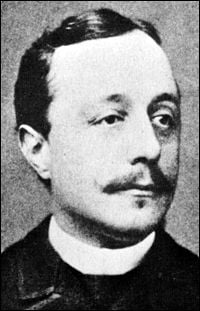
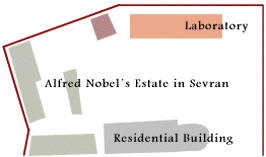
Quite soon, Nobel looked for a more suitable location for his experiments. He found Sevran, 16 kilometers northeast of Paris, a village that had become the late 19th century French capital of gunpowder and explosives. At the time it had about 1,000 inhabitants, of whom about 650 – men, women and children – worked at the government-owned “Poudrérie Nationale.” Today this Paris suburb has about 50,000 inhabitants. On March 8, 1881, Nobel bought a property called “Le Fayet,” which had the advantage of being located at a distance from other houses in the village, giving him the isolation that his experiments as well as his nature required. Fehrenbach moved out to Sevran from Paris and became responsible for the laboratory. The house was fully furnished and had a permanent staff.
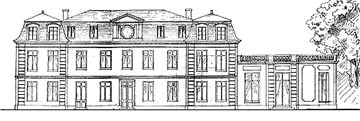
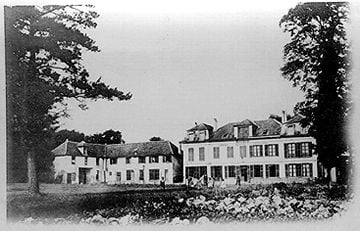
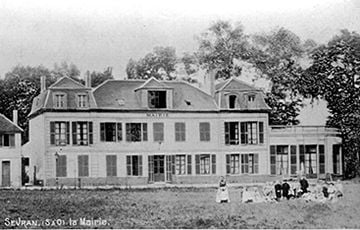
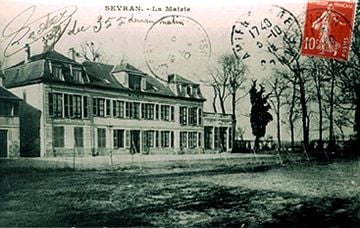
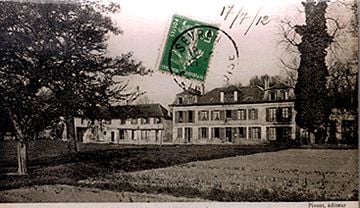
Nobel usually took a train in the morning from the Gare du Nord and normally returned to his house at Avenue Malakoff if his work at Sevran did not force him to spend the night there. He had a saying: “My home is where I work, and I work everywhere.” That is why the modern city of Sevran feels that Alfred Nobel belongs to Sevran, although it is most likely that he never actually lived there.
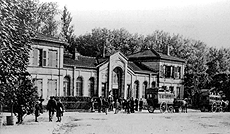
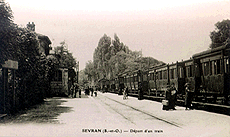
The idea of transforming highly sensitive explosives into new and less hazardous forms of gunpowder undoubtedly contributed to Nobel’s decision to buy the property in Sevran. There he had access to a firing range, located next to one used by the French Army – which later led to complications. From the time Nobel established operations in Sevran, he was occupied with research that led to the invention of ballistite in 1887. This was a gunpowder that left behind no solid particles when it burned, only small quantities of steam. In other words, it was virtually smokeless.
In the literature of explosives, ballistite has been described both as an “ingenious invention” and “the crowning glory” of Nobel’s research career. It has also been called the most surprising of all Nobel inventions. However, there is no doubt that in short order, ballistite led to a total revolution in arms technology. Practically overnight, it scored a technical knockout over the old black powder.
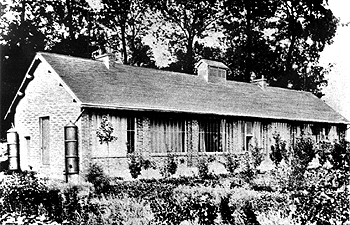
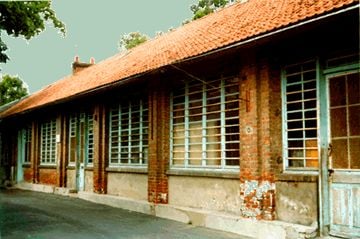
Alfred Nobel’s neighbour in Sevran, the French gunpowder monopoly l’Administration des Poudres et Salpêtres, to which Nobel first offered his patent, rejected it because they felt fully covered by their own product. In 1885 a French professor of chemistry, P.M.E. Vieille, working on the basis of entirely different principles, had discovered a promising near-smokeless powder called Vieille Poudre B, which had already been introduced in the French Army and Navy.
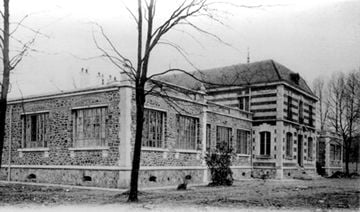
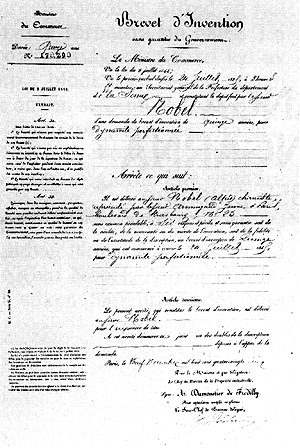
Thus the first government to accept ballistite was that of Italy, which also acquired the rights to manufacture ballistite. Because Nobel was living and working in France, this was not without consequences. France was very upset that Italy decided so quickly to introduce ballistite in its armed forces. Didn’t Nobel have his laboratory right next to the French Army’s firing range at Sevran? It must be espionage!
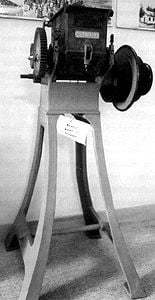
A violent press campaign was started against Nobel. He was subjected to vehement personal attacks, which led to a police investigation of his laboratory. Ballistite was regarded as a dangerous rival to the Vieille powder, politics intervened and French passions were aroused. The manufacture of ballistite was prohibited in France – it had just begun – and a small supply intended for experiments was confiscated.
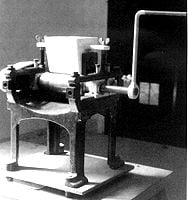
To say the least, Nobel was disappointed with the French because of their unfounded accusations, and especially with the government gunpowder monopoly, where even prominent people seriously believed that he had developed ballistite by spying on the manufacture of Poudre B. He was openly accused of nothing less than espionage and of stealing secrets from the monopoly’s well-guarded powder research laboratory, situated not far from his own. In the first frenzy, Nobel was threatened with imprisonment and his laboratory was ransacked and closed down by the police.
The French authorities cannot be blamed for keeping a watchful eye on a foreign citizen – however famous – who was experimenting with war materiel in their country and selling it to a foreign power that belonged to the Triple Alliance. But the charges of industrial espionage and patent infringement were of course utterly groundless. Nobel decided to leave France and move to Italy, where he bought a villa and a large plot of land in San Remo. On July 30, 1892, Nobel’s Le Fayet property was sold to the town of Sevran at a price of 34,000 francs, plus 1,000 francs for the furniture.
Though Nobel had spent much of his Paris years traveling, the Sevran laboratory had been one of his permanent and much-liked workplaces. Here the final chemical experiments and other work related to the patenting and commercialization of some fifty inventions – large and small – had taken place.
Nobel was extremely interested in experimental medical research. In this connection, he came into contact with Dr. J. E. Johansson, who came to Sevran in 1890 for about five months and worked at the laboratory, experimenting with blood transfusion. It is probable that Nobel had little opportunity to personally follow the experiments performed by Johansson, who wrote to him about the findings. This correspondence shows that the laboratory conducted experiments on serious medical subjects and that Nobel had ideas that were supported by the medical knowledge then available.
The problems Nobel had touched upon were not recognized until much later. The theoretical basis for risk-free blood transfusions was not established until 1909, when the Austrian scientist Karl Landsteiner discovered the blood groups and defined methods for determining these. For this work, Landsteiner was awarded the 1930 Nobel Prize in Physiology or Medicine. On several occasions, Nobel expressed regret that his preoccupation with business had prevented him from devoting more of his time to working toward solving the medical problems that interested him so much.
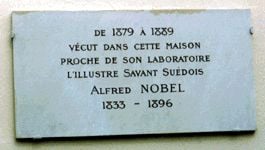
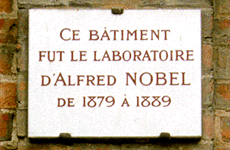
Nowadays the City Hall of Sevran has its premises in Nobel’s former estate. There is a serious project underway to transform Nobel’s old laboratory behind this building into a Nobel museum. On the main square of Sevran, a monument in black granite, symbolizing Sweden, Alfred Nobel’s home country, as well as a commemorative stone were inaugurated in November 1996 to honor the 100th anniversary of Alfred Nobel’s death. The city of Sevran has frequent manifestations to celebrate Nobel’s one-time presence there.
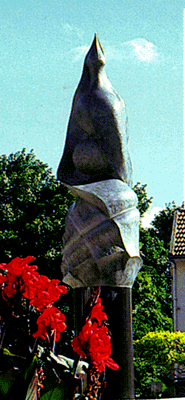
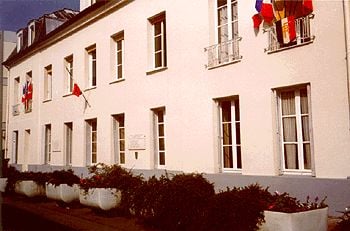
For more information contact:
Mairie de Sevran
5, Avenue Gabriel Péri
F-93270 Sevran, France
Phone: +33 1 49 36 51 75
Fax: +33 1 49 36 52 0